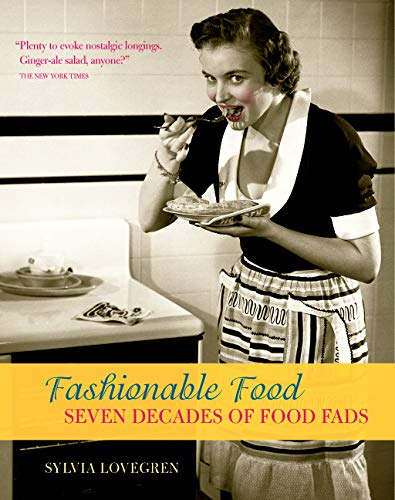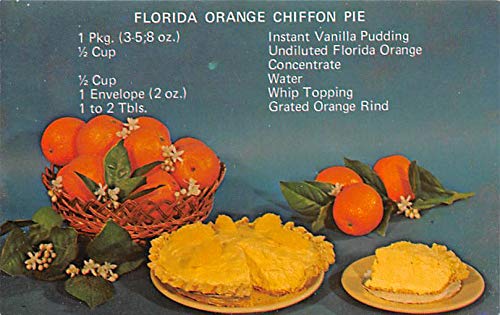"The bad news is what's for dinner. The good news is there's lots of it."
Take a seat at the dining table and open the menu. Order anything you please; it's on the house.
Sound too good to be true? Well, you're right. There is a catch.
Like the old good news/bad news vaudeville gag suggests, the menu often makes the dinner. What's on the menu is largely determined by where you are dining and when.
If you're in a U.S. city in the 1940s you'll be as likely to order chop suey as meatloaf. If the war is over, you'll pass up the soybean casserole for a Swiss steak or maybe a rib roast. For dessert, there's pudding cakes and chiffon pies. On your way out, pocket a bag of that new candy, M&Ms.
As Sylvia Lovegren points out in her book "Fashionable Food," diets are closely linked to history. Wars, inventions, politics and Wall Street have more influence on what Americans eat than any chef, cookbook or diet guru.
The 1950s were a time of prosperity in the U.S.. Everyone had a barbecue, it seemed, and Shish kebabs were popular. "South Pacific" was the top movie and hula hoops were the fad. Televisions were showing up in homes along with TV dinners, Party Mix and condensed soup.
Protein built strong bodies back then and real men ate well-marbled steaks and pot roasts. Sophisticated gourmets cooked with coq au vin, prepared smorgasbords, and served Baked Alaska for dessert.
Then came the 1960s, a time of cultural revolutions, the Vietnam War and social unrest. Julia Child and The Galloping Gourmet taught us how to make green beans amandine, paella and chocolate mousse. We discovered Twinkies, fondue and McDonald's.
In the 70s Nixon opened the door to China and Chinese cuisine, Californians wore mood rings and Earth Shoes, and group encounters were popular. We started eating quiches and crepes and main dish salads. White spirits became the drinks of choice and granola appeared at the breakfast table.
The 80s were epitomized by a booming stock market, BMWs, Nancy Reagan's red dresses, aerobics and Ralph Lauren. It was a time when Americans were eating out, having power lunches in corner bistros, taking afternoon tea, ordering Cajun and buying organic in the supermarket.
It was only 10 years ago, or so, that eggs and butter turned bad and pesticides were accused of causing cancer in children. That's about when we started becoming concerned about red meat, nitrates, artificial dyes, additives, hydrogenated fats and cholesterol.
Lately, the economy has dulled and fat consumption is down. Salsas, Thai cuisine, and beans are trendy. Microwave foods are much improved.
Are we going to enjoy fat-free potato chips, beefalo burgers or plantain salads in the late 90s? That may depend less on taste than what happens in Bosnia, how the Presidential election turns out, who wins next year's Oscars, or the price of Wrigley's spearmint gum.




